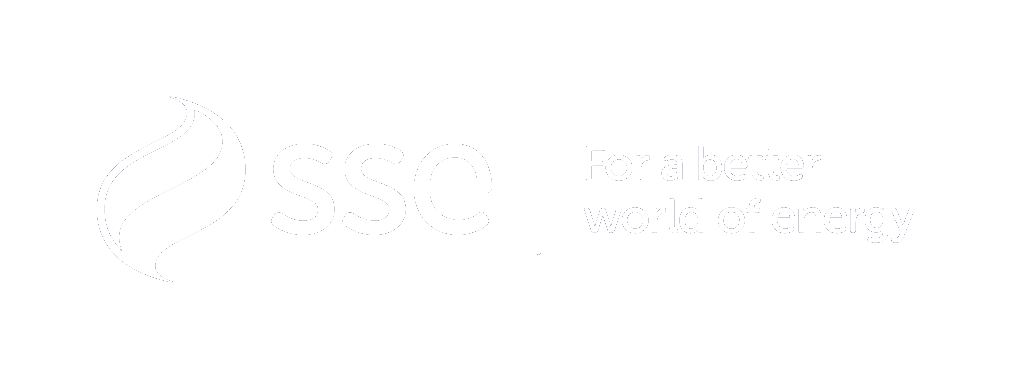back
Appendix 12 Shipping and Navigation – Baseline Environment
12.1 Desktop Study
- An initial desk-based review of literature and data sources has been undertaken to establish the baseline environment. The data sources considered are summarised at Apx. Table 12. 1 Open ▸ .
- It should be noted that AIS carriage is not compulsory for fishing vessels less than 15 metres (m) length, or vessels of less than 300 Gross Tonnage (GT) (notably this includes most recreational vessels). It is therefore considered that such traffic may be underrepresented within the assessment undertaken for this Offshore EIA Scoping Report; however, it is noted that smaller vessels are increasingly observed to utilise AIS voluntarily given the associated safety benefits. It is also noted that the site is some distance offshore which will mean AIS tracking from shore is not comprehensive for the entire shipping and navigation study area. Taking into account these limitations, AIS data, supported by the other data sets, is considered suitable for the high-level baseline assessment provided in this Offshore EIA Scoping Report, noting that site-specific survey data, including coverage of vessels not broadcasting on AIS, has been collected for use in the EIA Report and NRA.
12.2 Site-specific Survey Data
- A requirement of MGN 654 is for a minimum of 28 days of seasonally varied data which is usually collected during two, 14-day surveys, in summer and winter. The survey was undertaken in accordance with the superseded MGN 543 which was relevant at the time of survey; however the survey specifications and methodology remains valid as there have been only minor changes between the two MGN guidance notes. On-site vessel traffic surveys have therefore been undertaken during two 14-day periods, in July 2020 and January 2021, following agreement with key stakeholders including the Maritime and Coastguard Agency (MCA) and the Northern Lighthouse Board (NLB).
- It is acknowledged that COVID-19 has had a global effect on shipping movements and therefore the vessel traffic surveys may not be fully comprehensive, particularly the summer survey. This has been discussed with key stakeholders and an additional 12-month AIS dataset (covering 2019) will be used to validate the vessel traffic survey data in the NRA. Other data sources will also be used to validate the vessel traffic survey data including Vessel Monitoring System (VMS) data, the RYA Coastal Atlas (RYA, 2019) and further consultation with RYA Scotland and local clubs.
-
Baseline Characterisation
- This section provides an overview of the baseline for shipping and navigation established through the desktop data sources summarised in Apx. Table 12. 1 Open ▸ and site-specific surveys.
-
Navigational Features
- Navigational features have been identified via a review of Admiralty Charts and the local Admiralty Sailing Directions (UKHO, 2016) as per Apx. Figure 12. 1 Open ▸ .
- The key navigational features in proximity to the Proposed Development are several other planned offshore wind farms, Ministry of Defence (MoD) practice areas, ammunition dumping grounds, spoil grounds and anchorage areas. Numerous charted wrecks and aids to navigation are also present in proximity to the Proposed Development. A plot of these key navigational features is provided in Apx. Figure 12. 1 Open ▸ .
- There are three other planned offshore wind farms located in proximity to the Proposed Development. The Seagreen Offshore Wind Farm is located approximately 2.2 nm north of the Proposed Development Array Area and has been consented with construction expected to commence in 2021. Inch Cape and Neart na Gaoithe (NnG) are located approximately 2.2 nm and 7.8 nm west of the Proposed Development Proposed Development Array Area, respectively. Both are consented with offshore construction of NnG ongoing (including a buoyed construction area).
- Two MoD practice areas are located in proximity to the Proposed Development. The D513 practice firing area is located approximately 16 nm south east of the Proposed Development Proposed Development Array Area. The D604 practice firing range is located approximately 23 nm west of the Proposed Development Proposed Development Array Area. Both firing practice areas are operated using a clear range procedure.
- A number of anchorage areas are located to the west of the Proposed Development Array Area towards the coast primarily within the Firth of Forth. Two disused ammunition dumping grounds are located approximately 20 nm west of the Proposed Development Proposed Development Array Area.
- Fourteen charted wrecks are located within the Proposed Development Proposed Development Array Area, with the shallowest at a depth of 35 m below Chart Datum (CD). Three buoys are also located within the Proposed Development Proposed Development Array Area; two in the east and one in the west. All three are special marks.
-
Vessel Traffic
- Fourteen days of AIS and Radar vessel traffic data within the shipping and navigation study area, collected during summer 2020, as per section 7.2.3, is shown in Apx. Figure 12. 2 Open ▸ . Following this, 14 days of AIS and Radar vessel traffic data within the shipping and navigation study area, collected during winter 2021, as per section 7.2.3, is shown in Apx. Figure 12. 3 Open ▸ ). It is noted that vessels involved in temporary, non-routine activities (e.g. vessels engaged in surveys) have been removed. This includes vessels visiting planned nearby offshore wind farm developments since these developments were not operational at the time of the surveys and this traffic is not considered representative of future operational traffic associated with these offshore wind farms.
- An average of 14 unique vessels were recorded per day within the shipping and navigation study area during summer 2020, with an average of approximately six unique vessels per day intersecting the Proposed Development Proposed Development Array Area. An average of 16 unique vessels were recorded per day within the shipping and navigation study area during winter 2021, with an average of approximately six unique vessels per day intersecting the Proposed Development Proposed Development Array Area.
- The main vessel types recorded during summer 2020 were tankers (34%), cargo vessels (30%) and fishing vessels (18%). The main vessel types recorded during winter 2021 were cargo vessels (36%), tankers (31%) and fishing vessels (15%).
- The most regular destinations for vessels within the shipping and navigation study area were all UK east coast ports including Aberdeen (11%), Grangemouth (7%) and Immingham (5%).
- Anchoring was also assessed for the 28 days of AIS and Radar vessel traffic data (excluding temporary activities) based on the navigational status broadcast on AIS and a manual check for patterns characteristic of anchoring activity. No anchoring was observed during either the summer or winter periods within the Proposed Development Array Area or the Proposed Development ECC. It is noted that further anchoring activity assessment will be undertaken in the NRA using a speed analysis, in which vessels travelling at under one knots for more than 30 minutes are flagged as possible anchoring activity.
12.3.3 Marine Incidents
- An analysis of the MAIB incident data from 2010 to 2019 indicated that a total of four incidents were recorded within the shipping and navigation study area, but all occurred outside the Proposed Development Proposed Development Array Area; a summary of each incident is provided:
- In July 2011 approximately 7 nm south of the Proposed Development Proposed Development Array Area, a fishing vessel experienced a machinery failure with no damage or injury to persons reported.
- In July 2014 approximately 5 nm south west of the Proposed Development Proposed Development Array Area, a fishing vessel was involved in an accident to person incident with no damage incurred although one person sustained injuries.
- In December 2014 approximately 9.6 nm south west of the Proposed Development Proposed Development Array Area, a fishing vessel experienced a machinery failure with no damage or injury to persons reported.
-
In May 2018 approximately 7.4 nm north of the Proposed Development Proposed Development Array Area, a fishing vessel experienced a loss of control with minor damage but no injury to persons reported.
- A further four incidents, involving four fishing vessels and one tanker (one of the incidents involved two vessels), were reported to the MAIB within the Proposed Development ECC, all within the northern landfall option. Three were “machinery failures” and one was a “hazardous incident. No damage or injuries were reported.”
- An analysis of the RNLI incident data from 2010 to 2019 indicated that a total of 20 incidents were recorded within the shipping and navigation study area, with two of these occurring within the Proposed Development Proposed Development Array Area. Incidents either involved recreational vessels (75%) or fishing vessels (25%). More detailed descriptions of the two incidents within the Proposed Development Array Area are given:
- In August 2012 a person onboard a powered recreational vessel was considered to be in danger and a lifeboat from Anstruther attended the incident.
-
In August 2016 a recreational vessel with two people onboard was considered to be in trouble and a lifeboat from Eyemouth attended the incident.
- A further 18 incidents were recorded within the Proposed Development ECC; five of these incidents were recorded within the southern landfall option, and 13 within the northern landfall option. The main incidents recorded within the Proposed Development ECC were “vessel may be in trouble” (22%), “person in danger” (22%) and “machinery failure” (11%).

